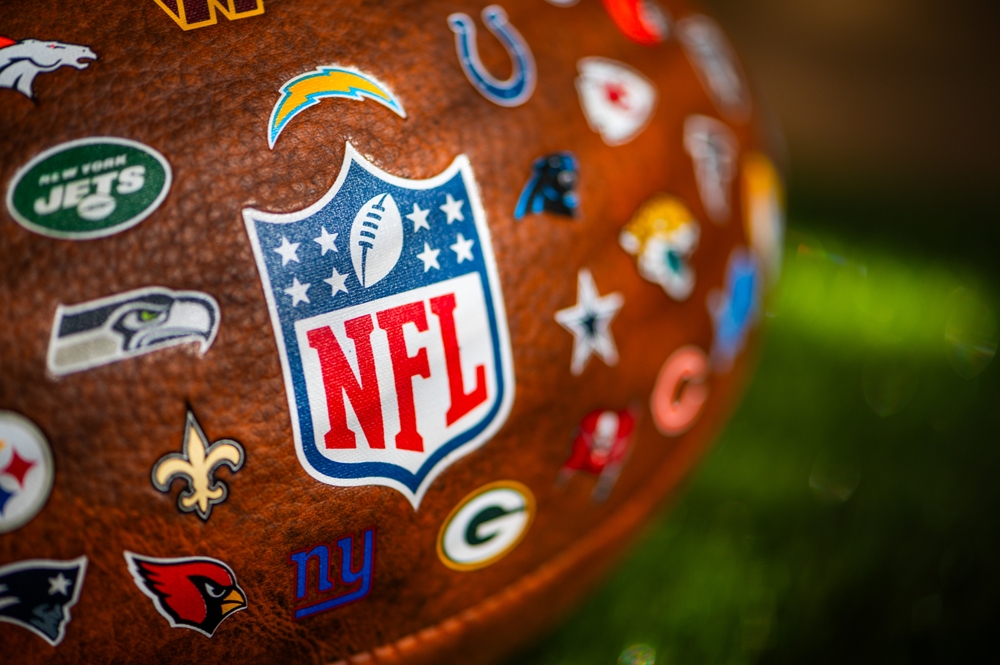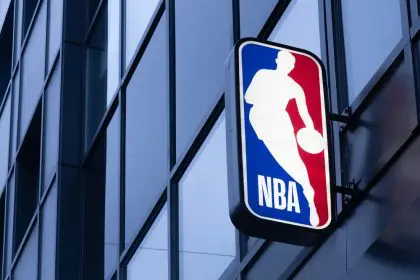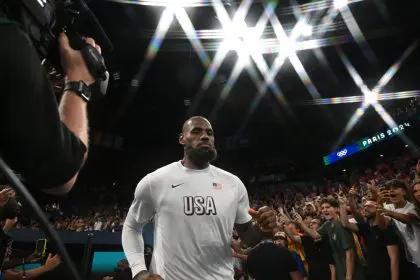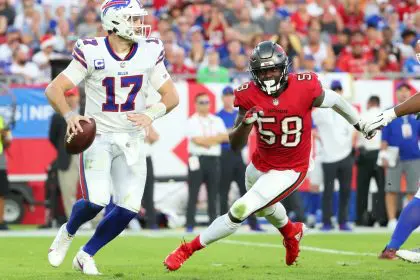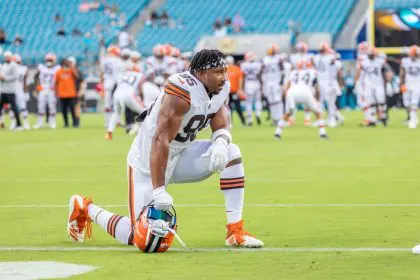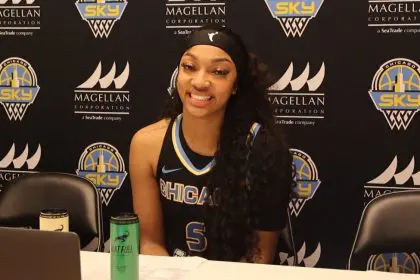The 2028 Olympics just got a whole lot more interesting, and it’s not because of the swimming or track events. Flag football is coming to Los Angeles, and the potential roster for Team USA reads like a fantasy football owner’s dream come true. We’re talking about a collection of NFL talent that could make the 1992 Dream Team basketball squad look like amateurs.
With team owners unanimously approving player participation, the stage is set for something spectacular. The question isn’t whether America will dominate – it’s by how much. Building the perfect Olympic flag football roster requires thinking beyond traditional football positions and considering how elite athleticism translates to a faster, more dynamic game.
The quarterback position demands perfection
Jayden Daniels gets the nod as the signal-caller for this dream team, and honestly, it’s not even close. At 27 years old during the 2028 Games, he’ll be in his absolute prime with the perfect combination of accuracy, mobility, and arm strength that flag football demands.
The Commanders star completed 69 percent of his passes as a rookie, which was sixth-best in the league. But what makes him special for flag football is his ability to extend plays and throw on the run. In a game where you have seven seconds to get rid of the ball and no blocking protection, mobility becomes everything.
Daniels brings that rare combination of pocket presence and escapability that could frustrate international defenses. His change-of-direction skills and ability to create throwing lanes while moving make him the perfect fit for a format that rewards improvisation and quick decision-making.
The skill position weapons are unreal
Justin Jefferson anchors this receiving corps, and good luck to any international defender trying to cover him one-on-one. The Vikings superstar has topped 1,000 receiving yards in each of his first five professional seasons, and his route-running precision would be absolutely devastating in flag football’s man-coverage-heavy environment.
Pairing Jefferson with incoming rookie sensation Jeremiah Smith creates a nightmare scenario for opposing defenses. The Ohio State product brings that combination of size, speed, and ball skills that could turn every fade route into a touchdown opportunity. At 6-foot-3 and 215 pounds, he’s built for those crucial 50-50 balls that decide games.
The real secret weapon might be Jahmyr Gibbs in the backfield. Flag football allows handoffs except in no-run zones, which means Gibbs’ elusiveness and short-area speed become game-breaking assets. His ability to line up anywhere and create mismatches gives this offense incredible flexibility.
The center position gets creative
Here’s where things get interesting – the center can run routes after snapping the ball. Enter Ja’Marr Chase, who led the NFL in receptions, receiving yards, and touchdowns last season. Imagine trying to defend a shotgun snap followed by Chase releasing into the middle of the field with his electric open-field ability.
This isn’t just about getting another receiver on the field – it’s about creating confusion and exploiting the unique rules of flag football. Chase’s catch-and-run ability could turn routine completions into game-breaking plays.
The defense brings elite athleticism
Micah Parsons as the designated rusher is almost unfair. With no blockers to contend with, he gets a free rush every play while bringing the closing speed and range to chase down mobile quarterbacks. His 52.5 sacks over four seasons prove he knows how to get home, and flag football eliminates all the obstacles that typically slow him down.
The secondary features Pat Surtain II, Travis Hunter, and Cooper DeJean – three defenders who combine elite coverage skills with game-changing ball skills. Hunter’s nine interceptions over three college seasons show his knack for creating turnovers, while Surtain’s technique and speed make him perfect for the no-contact format.
The versatility factor
What makes this roster special isn’t just the individual talent – it’s how these players can function in multiple roles. Hunter can play both sides of the ball, DeJean brings punt return skills that translate perfectly to flag football’s space-and-speed requirements, and Gibbs can line up anywhere on the field.
Antoine Winfield Jr. at safety provides that crucial versatility to match up with different offensive looks while bringing blitz ability and coverage range. His 17 career sacks prove he can pressure quarterbacks, while his seven interceptions show he can create turnovers.
The strategic advantage
This roster isn’t just about collecting talent – it’s about creating matchup nightmares that international teams simply can’t solve. The combination of Daniels’ mobility, Jefferson’s route precision, and Chase’s versatility creates offensive looks that would be impossible to defend consistently.
The mesh wheel concept with this personnel group would be absolutely devastating. Gibbs releasing on a wheel route while Jefferson and Smith run crossing patterns underneath creates the kind of pick plays that would drive opposing coaches crazy. Add Chase as a vertical threat, and you have four legitimate weapons that have to be accounted for on every play.
The international competition reality
While Team USA would be heavily favored with this roster, flag football’s format creates opportunities for upsets that traditional football doesn’t allow. The shorter field, faster pace, and emphasis on individual matchups mean that a few bad plays can change everything.
However, the sheer athleticism and football IQ advantage that this roster provides would be overwhelming for most international competition. These players understand leverage, spacing, and timing at a level that recreational flag football players simply can’t match.
The 2028 timeline factor
The beauty of this roster construction is that it accounts for where these players will be in their careers come 2028. Daniels, Smith, and DeJean will be entering their primes, while veterans like Jefferson and Parsons will still be at elite levels. It’s the perfect blend of experience and peak athleticism.
The Olympics represent more than just another competition for these players – it’s a chance to represent their country in a format that showcases their pure athletic ability. Flag football strips away the complex schemes and physical battles of traditional football, leaving only speed, skill, and decision-making.
This dream team roster would be appointment television, combining the best of American football talent in a format designed for explosive plays and individual brilliance. The 2028 Olympics can’t get here fast enough.

